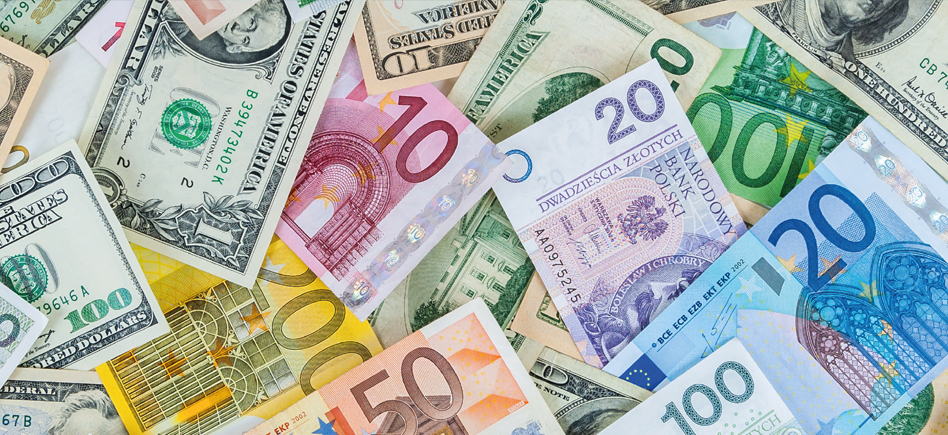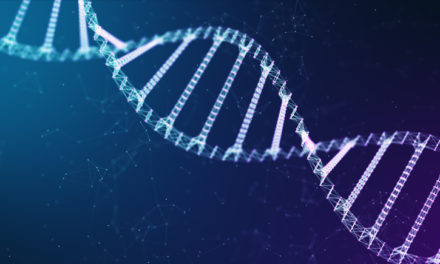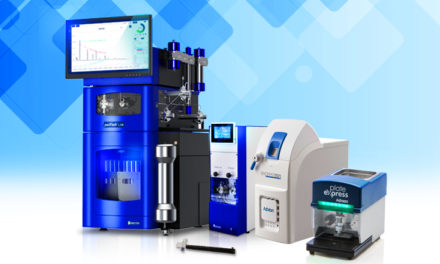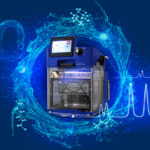In this note, a quick and direct screening method for detection of cocaine on paper currency is introduced using the Touch Express Open Port Sampling Interface (OPSI) on the Advion expression Compact Mass Spectrometer (CMS).
1. Introduction
Cocaine is a globally used illicit drug and its widespread use remains a significant public health concern. It is known that US paper currency in general circulation is contaminated with cocaine[1]. There are several possible explanations for this: contamination due to handling during drug deals, the use of rolled up bills for snorting or inhalation, and cross contamination between bills in circulation. The analytical methods for cocaine analysis on paper currency are normally HPLC/UV, GC/MS or LC-MS/MS, however, all of these methods require significant sample preparation before analysis.
In this note, a quick and direct screening method for detection of cocaine on paper currency is introduced using the Touch Express OPSI[2] on the Advion expression CMS.
2. Experiments
All the experiments were performed on an Advion expressionL CMS with an OPSI optimized ESI ion source. Methanol containing 0.1% formic acid was used as the carrier solvent with a flow rate of 220μL/min. A schematic diagram of the OPSI is shown in the Figure 1.
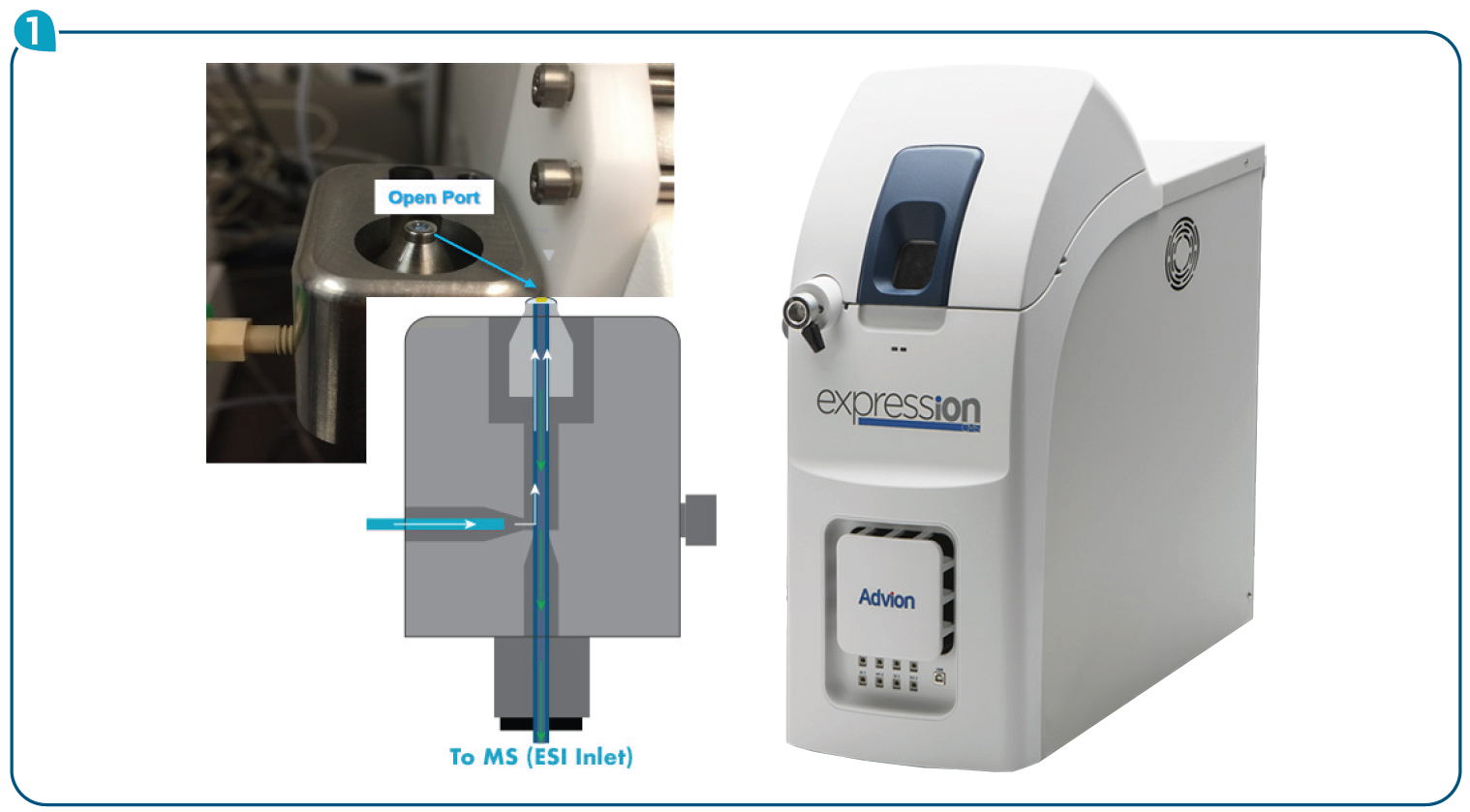 Figure 1 : Schematic of the Advion OPSI/CMS sytem.
Figure 1 : Schematic of the Advion OPSI/CMS sytem.
Positive ESI was used with a scan range from 120-500 Da. Two mass-to-charge (m/z) values and their ratios were used to detect and confirm the presence of cocaine on the respective paper money note: m/z 304.2 (protonated cocaine), and m/z 182 (the major fragment) with a ratio of 1.0 ± 0.1.
Forty-nine paper bills were analyzed including currency from the US, European Union, Australia, Canada, and China. No sample preparation was needed for direct surface analysis by OPSI.
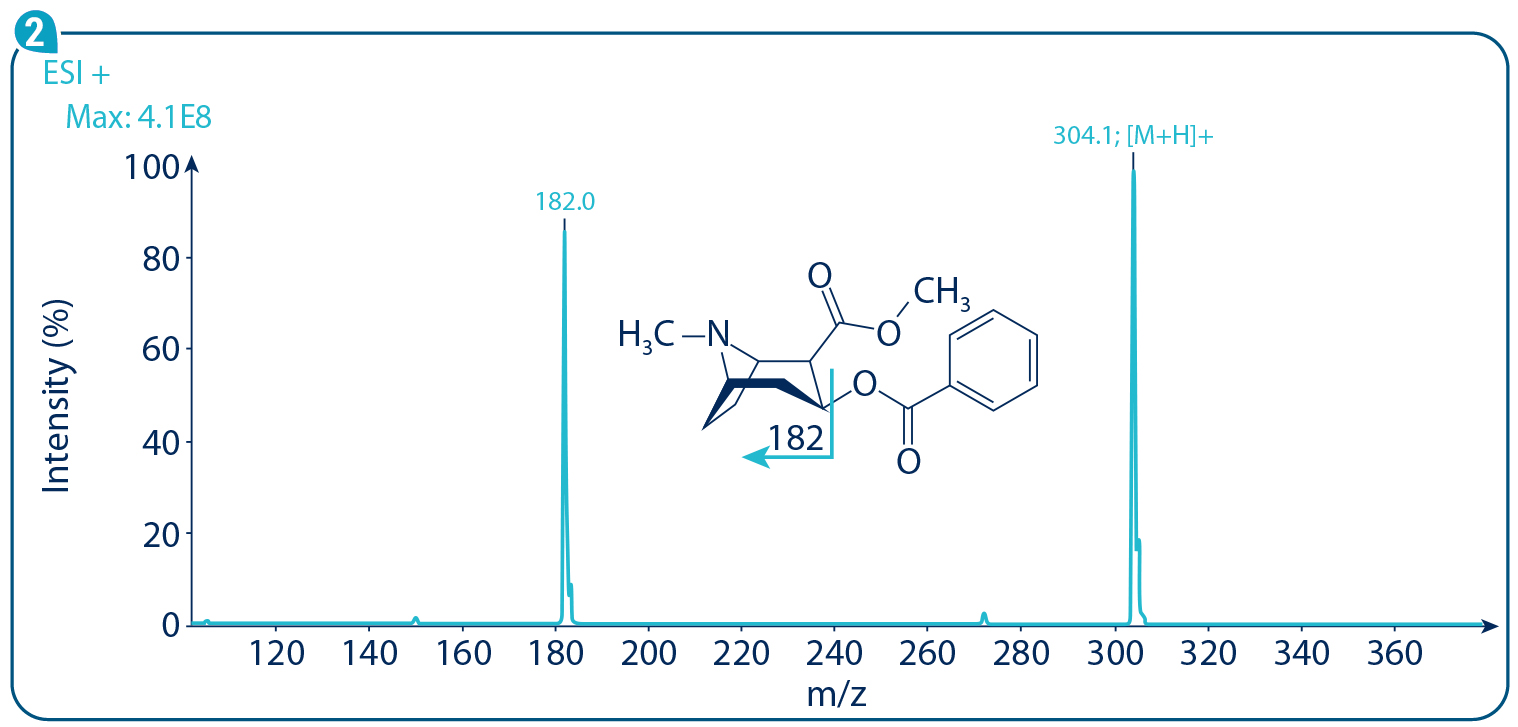
Figure 2 : Full scan mass spectrum of a cocaine standard.
Table 1 : Summary of OPSI-ESI-CMS Analysis of Paper Currency
| Currency | Valeue |
Cocaine Detectable Yes (Y) or No (N) |
| United States ($, USD) | 1 (x5) | Y |
| 1 | N | |
| 2 | N | |
| 10 | Y | |
| 10 | N | |
| 20 (x5) | N | |
| China (¥, YUAN) | 0.1 (2x) | N |
| 0.5 | N | |
| 1 (5x) | N | |
| 5 (2x) | N | |
| 10 (5x) | N | |
| 20 (3x) | N | |
| 100 (7x) | N | |
| Australia ($, AUD) | 5 | Y |
| 50 (3x) | N | |
| Canada ($, CAD) | 10 | N |
| Europe (€, EURO) | 5 | Y |
| 5 | N | |
| 10 | N |
The target area was analyzed by touching the solvent meniscus on the OPSI with the paper bill for 5 seconds to collect the mass spectrum. The whole analysis is complete within 30 seconds.
As shown in Table 1, cocaine was detected on five US $1 bills, one US $10 bill as well as on one European €5 bill from a total of forty-nine bills. The European €5 bill had the lowest relative amount of cocaine contamination compared to all other bills whereas two of the US $1 bills had the highest relative amount of cocaine. One of the US $1 bills had a higher relative amount than the cocaine standard (Figure 3A). Three other examples were shown for the US $1 bills (Figure 3B), one US $2 bill (Figure 3D) and one Euro €5 bill (Figure 3C).
Interestingly, no cocaine was detected on any of the Chinese currency bills and also no cocaine was detected on a US $2 bill (Figure 3D) that was obtained as a brand new bill from a local bank.
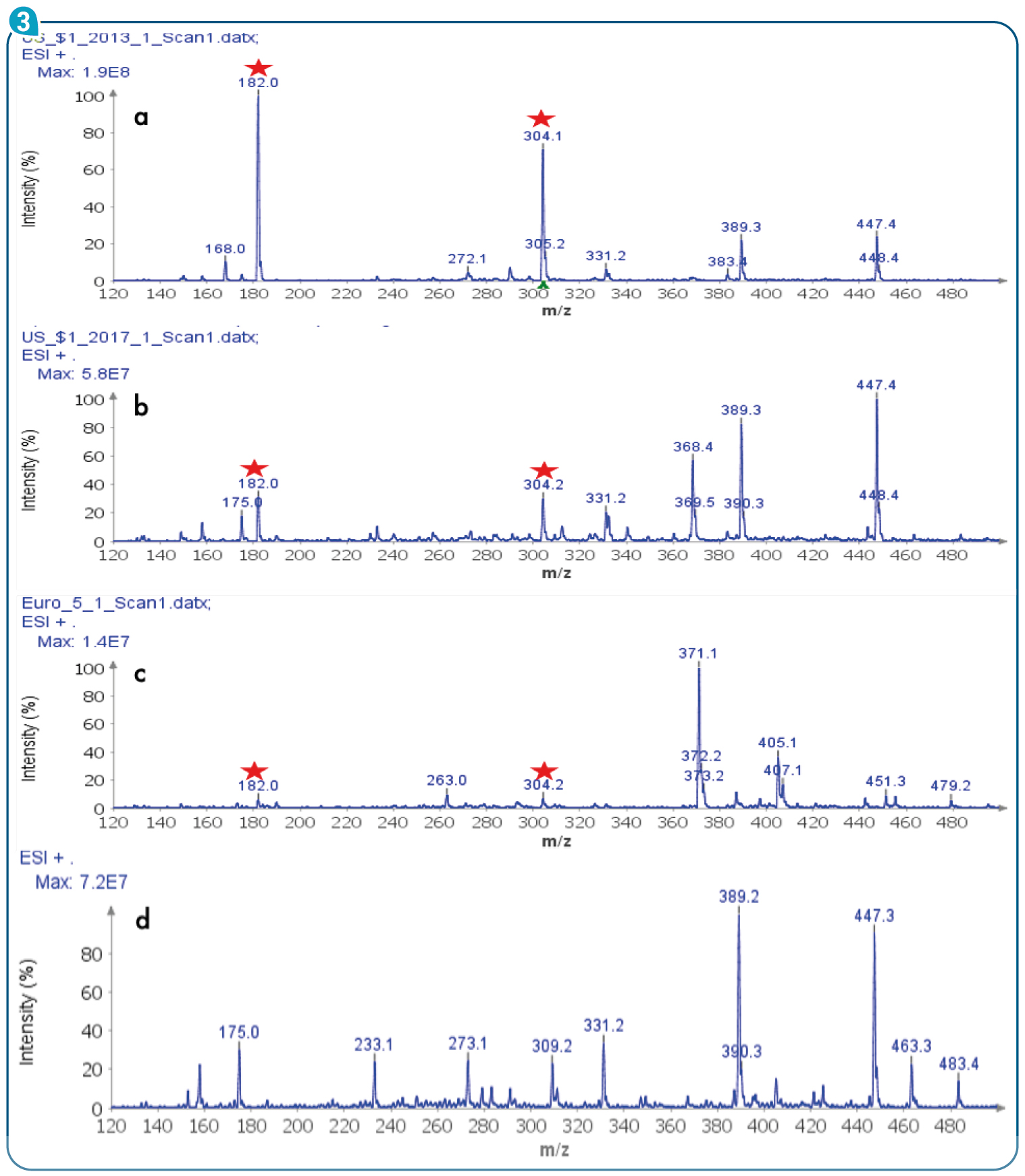
Figure 3 : Full scan mass spectra of money notes by OPSI/CMS.
a) 2013 US $1 bill. – b) 2017 US $1 bill. – c) Euro €5 bill. – d) US $2 bill.

Figure 4 : The overlaid mass spectra of cocaine standard (0.3mg) in red from a US $1 bill in blue. The dollar bill had a 4x higher mass spec response from cocaine.
Figure 4 shows the mass spectra comparison of one US $1 bill compared to a cocaine standard (0.3ng). The red trace was the response from 0.3 ng cocaine standard which was pipetted to OPSI port. And the US $1 bill had a ~4x higher response than 0.3ng cocaine standard. The response of cocaine on the US $1 bill is from a ~ 20mm2 area touched by solvent on the bill for the ~5 seconds at OPSI port.
The mass-to-charge ratio of two signals at m/z 182.0 (fragment of cocaine), and m/z 304.1 (protonated cocaine) can be used as an additional confirmation for the presence of cocaine. Mass Spectra comparison of the sample with reference standard with a known amount of cocaine can also provide an estimate of cocaine in the sample.
Thus, the OPSI-ESI-CMS method can be a simple solution for direct analysis (detection, confirmation and relative quantification) of cocaine on paper currency. Due to the compact dimension of the Advion expression CMS system, it can be mobilized for on-site investigation.
3. Conclusion
The benefits of using the Advion Touch Express OPSI/CMS system for the analysis of cocaine contamination on currency:
- Simple, robust operation – no mechanical or moving parts
- Fast analysis – results in just seconds
- Direct sampling – no sample preparation is required
- No carryover or contamination – the sampling port is continuously self-cleaning
REFERENCES
(1). Drug contamination of US paper currency, Amanda Jienkins, Forensic Sci. In. 2001, 121, 189-193
(2) An open port sampling interface for liquid introduction atmospheric pressure ionization mass spectrometry. Gary J. Van Berkel and Vilmos Kertesz, Rapid Commun. Mass Spectrom. 2015, 29, 1749–1756
Know More:
- About our products
- Do not hesitate to ask for technical information or your personalized offer
- Follow our news on LinkedIn

